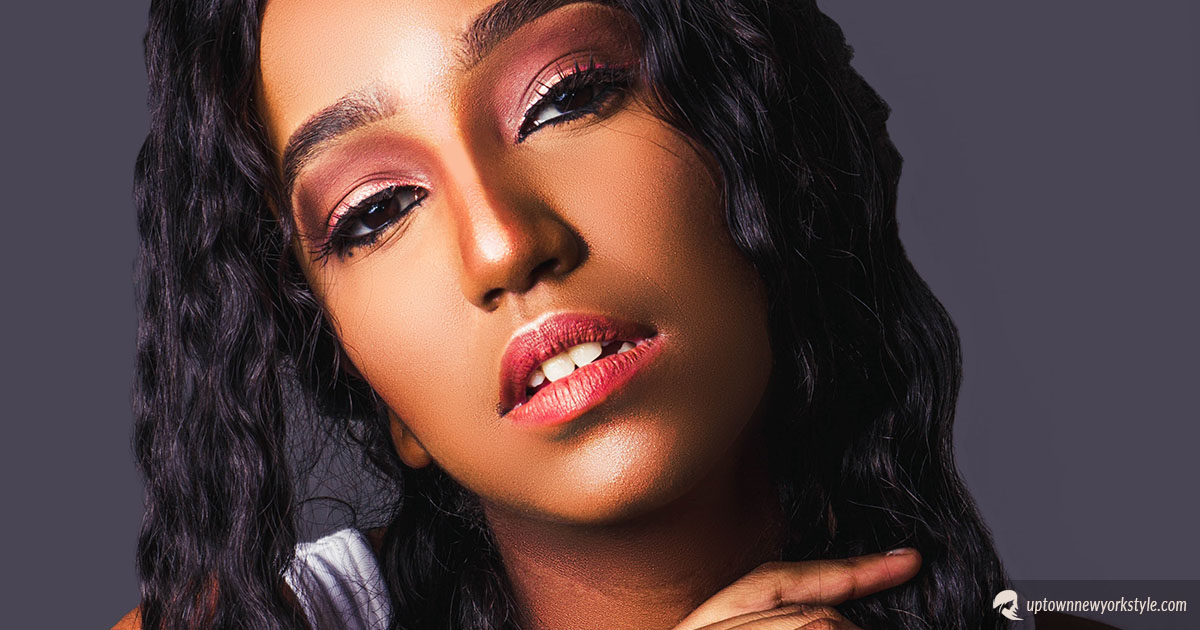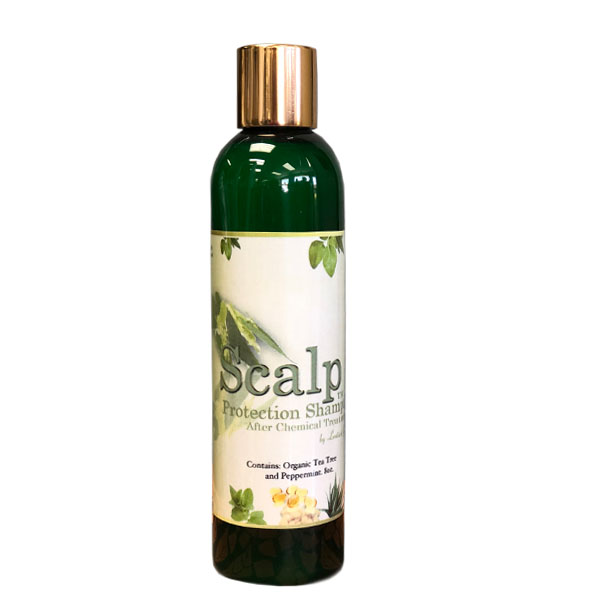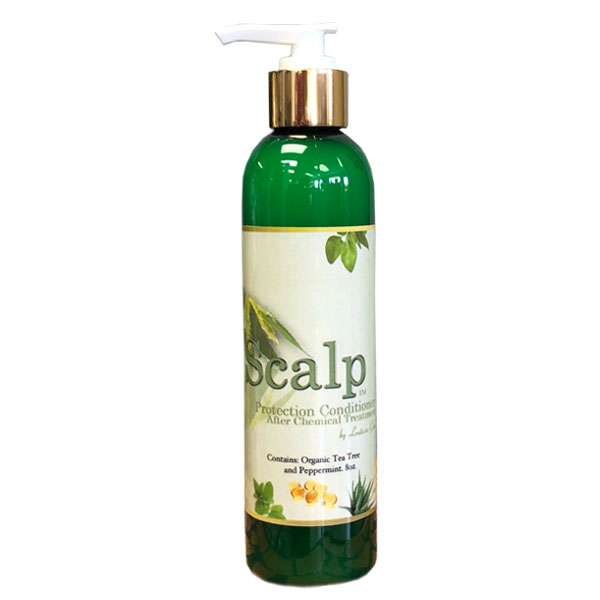It shouldn’t be surprising to learn that a significant amount of hair loss or thinning is the result of styling treatments. And the worst of these is not knowing how to care for chemically treated hair.
Although these styling options make our hair look great and manageable, improper care results in damaged hair. Whether dye or relaxer, caring for chemically treated hair requires special maintenance. After all, these products contain chemicals that’s applied to your skin.
Chemical treatments are a normal part of their hair routine for many people. A visit to their salon often means more than just a cut and style. It can also mean hours spent on chemically treated hair in an effort to enhance their overall look.
While chemical treatments provide ways to experiment with different looks, they can also damage your hair. But knowing some of the hair issues associated with chemical treatments can help you better maintain your hair.
Learn How To Take Care Of Chemically Treated Hair
Although hair coloring is the most popular form of chemical treatment, relaxers and perms are a close second. Whether you’re turning that modest brown into a vibrant black, hair color is an easy way to make over your look. Hair color generally comes in three forms: temporary, permanent, and semi-permanent dyes.
Temporary. The color merely covers the hair without penetrating the hair shaft.
Permanent. Permanent dyes result in more significant chemical changes to the hair shaft. And the dye remains until new hair grows.
Semi-Permanent. This form of coloring penetrate the hair hair shaft, making it last longer.
The next form of chemically treated hair is bleaching. If you’re making dramatic changes in hair color, it often requires bleaching to strip away the old color. This helps the hair to absorb the new color.
Ammonium hydroxide or hydrogen peroxide are just some of the chemicals in hair bleach. In addition to bleaching the hair, this treatment can also change the hair’s texture. For example, hair relaxers turn curly hair straight. Conversely, perms can add curls and waves to straight hair. Relaxers consist of ammonium thioglycolate or sodium hydroxide.
Many of these treatments claim to contain keratin, a protein, to straighten hair. However, formaldehyde has be found in some of these straighteners.
Issues Caused by Chemical Treatments
Due to the chemical potency used to create the change, chemical hair treatments are highly effective. Consequently, these strong chemicals can cause hair issues beyond the color or texture change. Because the chemicals can dissolve the protective layer on hair strands, the result is dry, brittle hair.
In some cases, a chemical treatment can result in burning, redness, irritation, or even hair loss. Generally speaking, these issues occur when your scalp is sensitive or treatment is applied incorrectly.
Using our hair care products above will help you maintain a healthy scalp after chemically treatments. But before apply any chemicals to your hair, a Scalp Base Protection should be applied. Especially before relaxer treatments.












